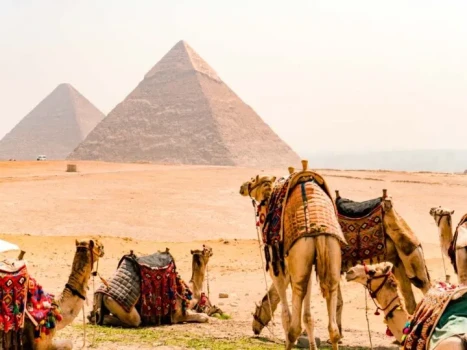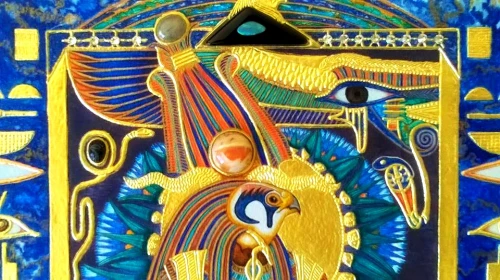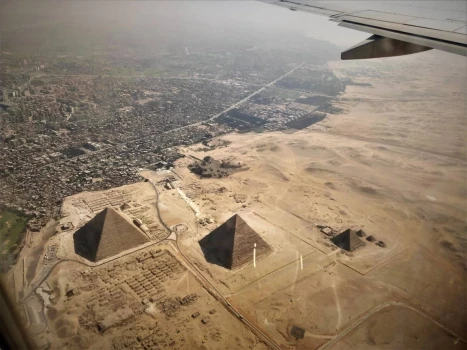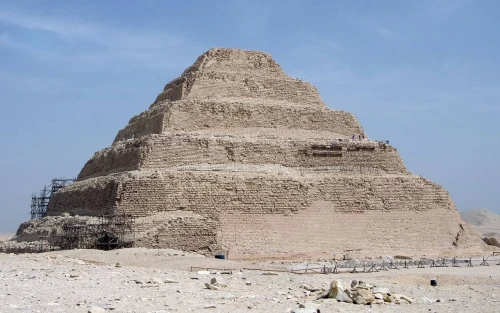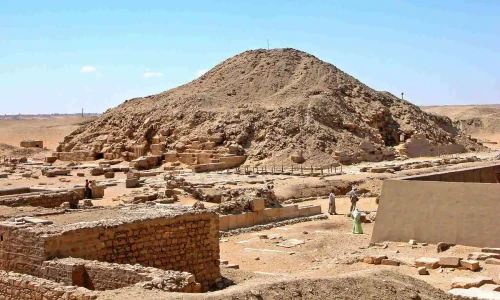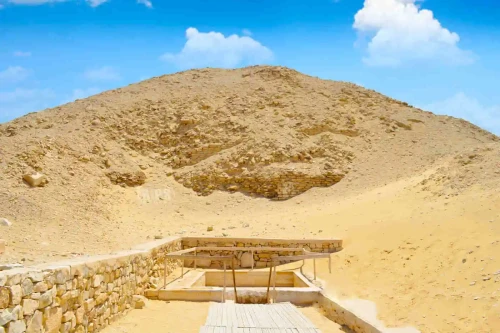
The Secret of the Pyramid of Teti
Among the dunes of the Egyptian desert, there is a magnificent edifice known as the Pyramid of Teti that has been standing for more than 4,500 years. King Teti, who governed Egypt from 2323 to 2291 BCE, was buried in this pyramid that was constructed during the Sixth Dynasty in Saqqara to be one of the iconic Egypt tours. Despite its enormous size, the Pyramid of Teti is less well-known than other pyramids in Egypt. We shall explore the intricacies of this antiquated masterpiece in this blog.
The Pyramid of Teti History
The founder of the Sixth Dynasty and Pharaoh Pepi I's successor was Pharaoh Teti. He ordered the construction of various imposing structures, notably the Pyramid of Teti, during his rule to be the most important attraction in Egypt travel packages. The Saqqara plateau, where the pyramid was built, has been a royal burial site since the Third Dynasty. Among the three pyramids at the location, Userkaf and Djedkare Isesi's and Teti's, respectively, are the oldest.
The base of the Pyramid of Teti measured 78 meters in length, and its original height was 52 meters. It was built using traditional pyramid-building techniques, with a limestone block core and a beautiful, white Tura limestone casing. A funerary temple, a causeway, and a valley around the pyramid. Our tour guide will explain to you the teti pyramid's history during Cairo day trips.
The Pyramid of Teti's mysteries
The Pyramid of Teti is really old, but it still conceals a lot of mysteries. One of its most remarkable characteristics is its interior structure which you can visit during Egypt day trips. The burial chamber is underground, reachable by way of a descending tunnel that opens up to a number of rooms and corridors, you can ask your tour guide to enter the Pyramids during your Egypt classic tours. Eight enormous columns support the red granite chamber itself, which is constructed of. Reliefs that depict events from the Book of the Dead, a collection of spells and prayers believed to help the dying in the afterlife, are used to embellish the walls.
The decoration on the Pyramid of Teti is another intriguing feature that will impress you when you see it in Egypt luxury tours. Complex reliefs and inscriptions decorate the valley temple, causeway, and mortuary temple, many of which may still be seen today in our Egypt cultural tours. Teti's military adventures, hunting trips, and religious ceremonies are all depicted in these ornaments. The decorations also include images of gods and goddesses, including the sun deity Ra and the goddess Hathor.
A number of lesser pyramids and tombs, notably Queen Iput's pyramid, which belonged to Teti's wife, are also housed within the Pyramid of Teti. Iput was a strong queen who was important to Teti's rule. Her pyramid, which lies east of Teti's, is decorated with elaborate reliefs and inscriptions.
The Legacy of Pharaoh Teti
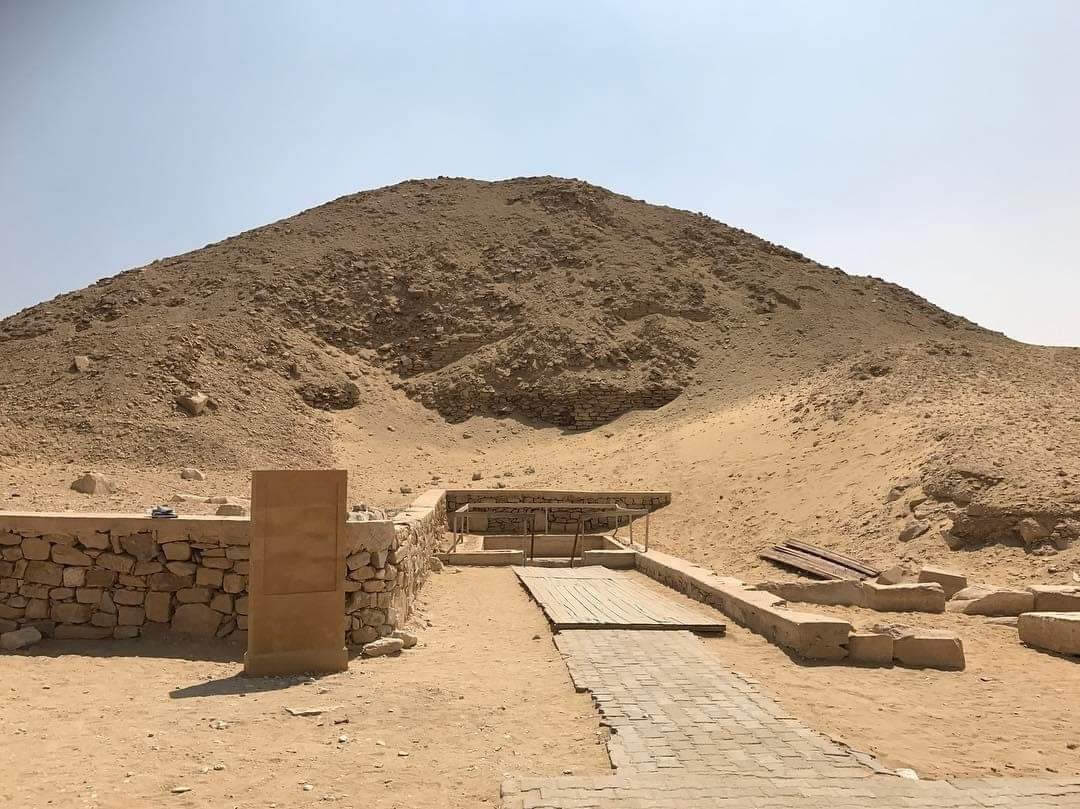
Teti was a pharaoh who is still mostly forgotten, although he left a lasting impact via his construction efforts and military operations that tourists visit today in their Egypt family tours. His commissioning of several pieces of literature and art during his reign is also regarded to have made him a significant benefactor of the arts. A group of hymns and poetry known as the Pyramid Texts is among the writings from this period that have survived, there are more secrets waiting for you in Egypt budget tours.
Despite its relative obscurity, the Pyramid of Teti is nonetheless a significant monument to ancient Egypt. The intricate ornamentation and complicated interior design of the object shed light on the ancient Egyptians' culture and beliefs. We could learn more secrets and riddles about this ancient marvel when new information about the Pyramid of Teti and the reign of Pharaoh Teti is uncovered.
 English
English
 Spain
Spain

